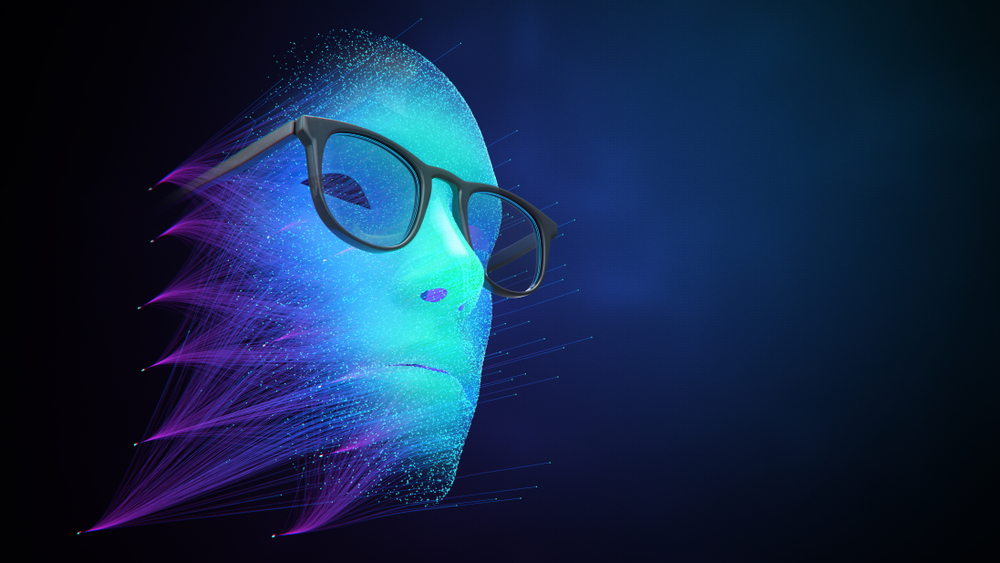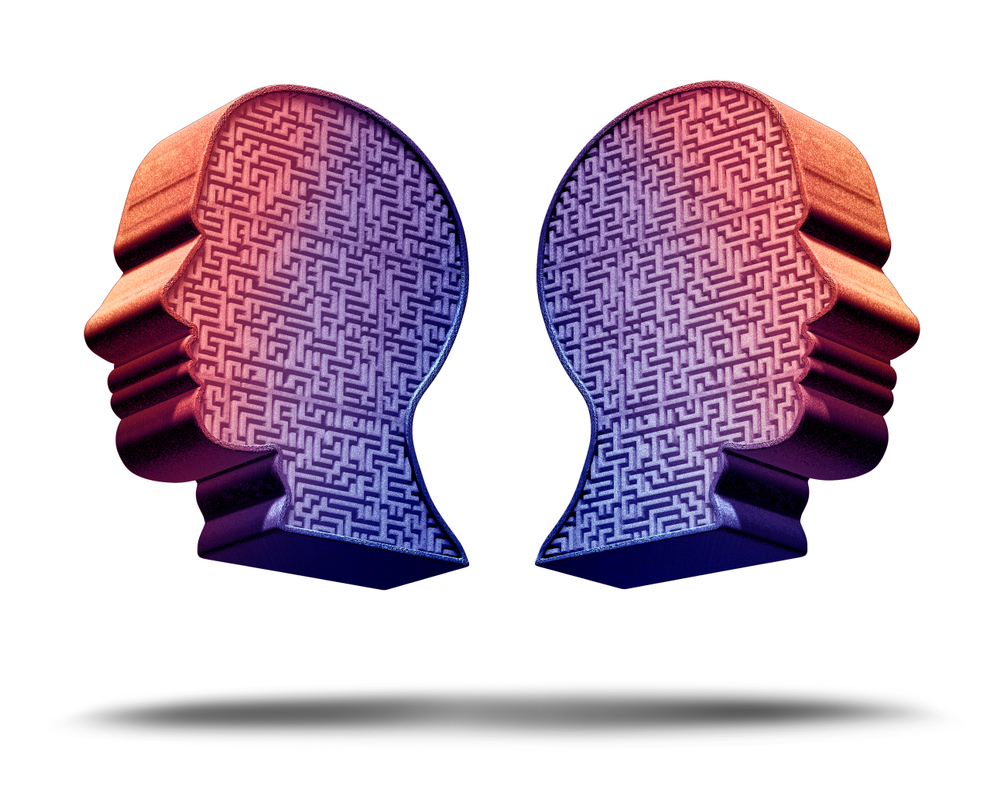The volume of video content falsely and grossly manipulated using artificial intelligence and machine learning is steadily growing. These pieces of content are commonly known as “deepfakes”.
In recent months, new technological advances around deepfakes have been used to manipulate the speech of politicians in Belgium, the US, the UK and elsewhere. Late last year the Belgian Prime Minister was impersonated giving a speech linking the coronavirus and environmental damage, and more recently, both Queen Elizabeth II and House Speaker Nancy Pelosi were grossly misrepresented in deepfake video clips.
In the UK, the deepfake of the queen was produced as a warning about the reality of deepfakes. In the US, by contrast, the deepfake depicting Nancy Pelosi, was created with true malice.
Table of Contents
Don’t Believe In The Power Of Deepfakes To Deceive?

In 2018, a deepfake in Gabon indirectly prompted a military coup.
Federal Legislation Around Deepfakes
In Europe, the Euorpean Commission is introducing a Digital Services Act; a regulatory framework that will establish new laws related to content moderation, online advertising and the transparency of algorithms. This set of laws may include regulatory guidelines around deepfake threats.
In the US, the National Defense Authorization Act of 2021 instructs the Department of Homeland Security to explore the technology supporting deepfakes, their integration into common video streaming platforms and the ways in which they can lead to defamation or other grave social, legal and political consequences. The National Science Foundation and the National Institute for Standards and Technology are slated to provide research assistance in regards to manipulated media.
Disinformation and Deepfakes
As long as deepfakes proliferate, they have the capacity to egregiously spread misinformation. Addressing issues related to misinformation should be state agencies’ first priority, as foreign governments could potentially leverage deepfakes to create political chaos in any country of their choosing.
Creating Stringent Guardrails
Deepfakes can permanently tarnish reputations, disrupt election campaigns and threaten the cohesion of our very societies. Existing criminals and creeps that are guilty of developing deepfakes are trying to bypass existing deepfake detection technologies.
“One side effect of the use of deepfakes for disinformation is the diminished trust of citizens in authority and information media,” states a Europol report.
Corporate Consequences Of Deepfakes
Deepfake technologies can lead to significant corporate losses; whether those losses are reputational, financial or otherwise.
Theoretically, a person could create a false video of a high-profile corporate CEO sharing insider trading tips. If that kind of video goes viral, it could impact the company’s stock price.
Alternatively, “The night before a public offering….a deepfake showing a company’s CEO…could upend the IPO, the market will respond and fall far faster than we can debunk it,” says an expert with the University of Maryland’s Francis King Carey School of Law.
Businesses may also discover deepfake audio clips designed to impersonate executives who need to move funds. A fraudster could then easily shift funds into his/her own account.
This type of event occurred in 2019, when cyber criminals falsified a CEO’s voice in order to acquire $243,000. The hackers hastily moved the money to Mexico and then elsewhere.
Deepfakes Aren’t Always Damaging
In fact, deepfakes could make organizations or individuals look amazing. For example, a deepfake may depict an 80 year-old man guzzling an energy drink and then playing soccer like David Beckham.
Is There Insurance For Deepfakes?
Insurance industry analysts currently report that little can be done to combat the creation and dissemination of deepfake technologies and videos. Nonetheless, insurers may want to try to understand how this risk factors into the larger information security picture.
How Can Organizations And Individuals Ensure That Communications Are Authentic And Secure?
While governments are working on deepfake-related legislation, experts worry that governments may be unable to take an aggressive approach.
Some major social media platforms label content that looks likely to harm, but don’t necessarily remove deepfake videos.
Organizations and individuals can look for certain video characteristics to identify deepfake clips. These characteristics include:
- Jerky movements
- Shifts in lighting
- Strange blinking patters (no blinking or abnormal blinking)
- Poor synchronicity between a person’s movements and the audio
- White spots or other visual artifacts on the screen
As deepfakes become increasingly sophisticated, cyber security technologies will be required in order to separate fact from fiction. Learn more on Cyber Talk.

